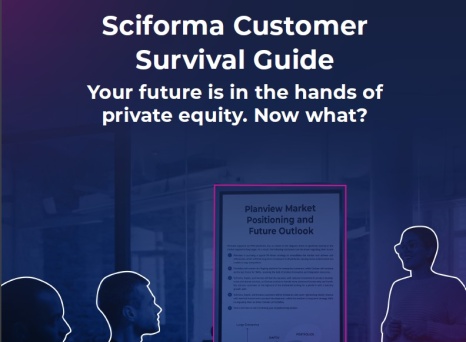Sometimes, as George Carlin once said, “the status quo sucks”. Unfortunately for Carlin—and project managers beleaguered by outdated Project Portfolio Management (PPM) software—it's harder to change the status quo than maintain it. For those without any PPM solution at all, it's even more frustrating.
Building a business case for adopting your first project management platform (or switching your PPM provider) is a matter of communicating the challenges you face on the ground to decision-makers that don’t. Here’s how to encourage executives to see themselves in your situation and secure buy-in.
Audience-Driven Research
It goes without saying that you should research all of your PPM provider options (here’s our pitch, to make life easier for you). It’s a good idea to use the decision-makers in your business as ‘personas’ to guide your research efforts, though. Ask questions like:
- What do they care about most?
- What are their paint points and goals?
- What ‘red flags’ will cause them to reject a proposal?
- Who do they report to?
You may be advocating on behalf of the employees that’ll actually have to use the PPM platform, but it’s the executives that will make changes happen. Look for opportunities to convince them that the change is something they want by approaching your research, writing and business case presentation from their point of view.
Highlight Evidence of Positive ROI
Without evidence of positive ROI to back your suggested PPM adoption, you won’t get far. Get as detailed as possible with the numbers that prove the financial value of the change, and put that front-and-center.
You might not have to go it alone when it comes to gathering said evidence. Use whatever resources are offered by the PPM provider to your advantage. Include their cited results in your business case wherever possible. Aside from numbers that relate to your business, there’s nothing that decision-makers like more than real-world evidence, especially when adopting types of software that are new for the business.
When it comes to writing up your findings, categorize information to make it as digestible as possible – and to make it harder for decision-makers to justify skimming. Some will want a lot of detail, and some will only give your business case a few minutes. By providing information presented in a hierarchy, you’ll be able to cater to both types of reader.
Map the Transition
Down-time and rocky learning curves are radioactive to decision-makers. If you’ve conducted enough research, you’ll likely have identified an intuitive platform with considerable support. The onus is on you to explain that, and how a smooth transition will be made. It’s a crucial point when it comes to a change in PPM providers because you’ll need to provide a timeline that won’t result in domino-effect disruption of existing and ongoing projects. If you're adopting PPM software for the first time, you'll need to chart the digitization of your project management processes.
Think about what the transition will look like ahead of time, and find a way to visualize it. Kanban boards are one popular option and a format that executives are likely to be familiar with already. Identify areas of overlap where existing projects will migrate to the new software before the old platform is entirely abandoned, and you’ll mitigate concerns surrounding adoption.
Qualitative Business Cases
While budgetary decision-making is often backed by numbers, certain benefits of PPM software are harder to quantify. Intuitive UX and improved collaboration are just as important to business success as flexible pricing, but are harder to directly factor into ROI calculations beyond the productivity, satisfaction and engagement statistics that they contribute to.
Story-telling is a key component of the persuasion process. Get decision-makers to identify and empathize with the problems that current software presents, and they’ll be more likely to agree to change. Just make sure there’s an even balance of narrative and numbers – recent research from Northwestern University found that stories are persuasive, but they can obscure compelling statistics. Identify numbers that can speak for themselves, and deploy ‘stories’ where quantifying an argument is difficult.
Beyond the Business Case Presentation
The business case process doesn’t end with decision-makers signing off on new software. Ensure that you’re collecting data before, during and after a change. That way, you can return to those same colleagues and show off evidence of the strategy’s success. Don’t miss out on the opportunity to take that credit, and to use it when it comes time to make future recommendations.


